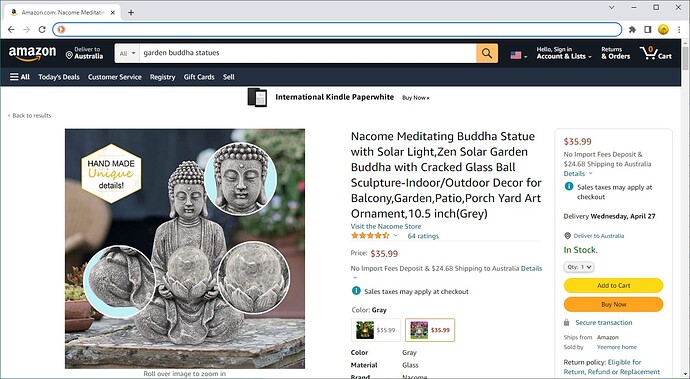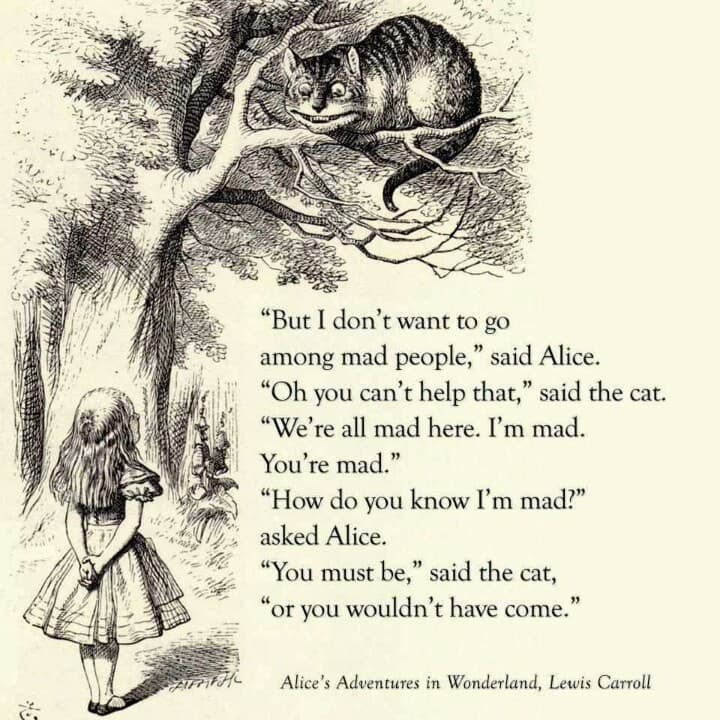Hello friends,
Next month I’m giving an online talk on Buddhism in Unexpected Places for the Metta Centre in Sydney. I could have used a different title, like Dhamma in Unexpected Places or Wisdom in Unexpected places, but I deliberately opted to make it “Buddhism” because I want to unpack that term a bit in the talk. .
Here’s the blurb:
What do Barbie, the Matrix movies, and Tina Turner have in common? They have all been inspired by Buddhism! The wisdom of Dhamma turns up in odd places: such as people meditating to death metal music, or children telling us the meaning of life, or jokes that reveal profound truths. Join Bhante Akāliko to discover some unexpected Buddhists and learn why the Buddha said that the best kind of wisdom is understanding something for ourselves.
Sometimes it’s easy to forget that the Buddha wasn’t talking to “Buddhists” a lot of the time. Perhaps we take Buddhist teachings and culture a bit for granted, or as being fixed and complete but they are actually developed over time and constantly being informed by non-Buddhist cultures and contexts.
Yet so often it seems as “Buddhists” we can become quite rigid and limit our spiritual life to certain places or teachers or ideas, such as only expecting to hear dhamma at the local temple or from a certain type of teacher. But maybe this is a very narrow way to experience spirituality and might lead to a stagnation and ossification. After all, if we have out wits about us we can learn wisdom from so many people and experiences.
That’s why I like hearing about Buddhism turning up in places we don’t expect. In this forum I’ve already posted about how Barbie is a Buddhist and about Heavy Metal Mindfulness but I am sure there are many more examples out there.
So, I’m asking you, dear reader, for your input: what unexpected places have you discovered Buddhists and Buddhist teachings?








